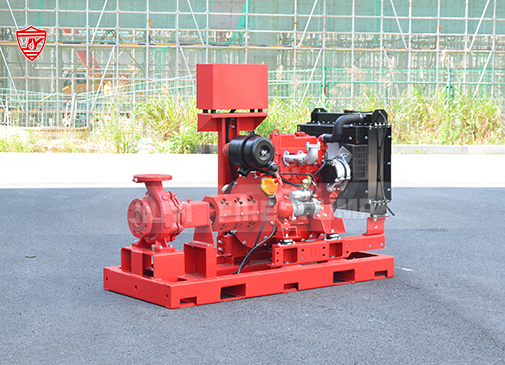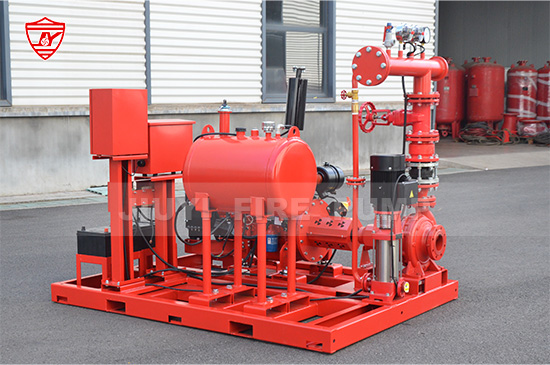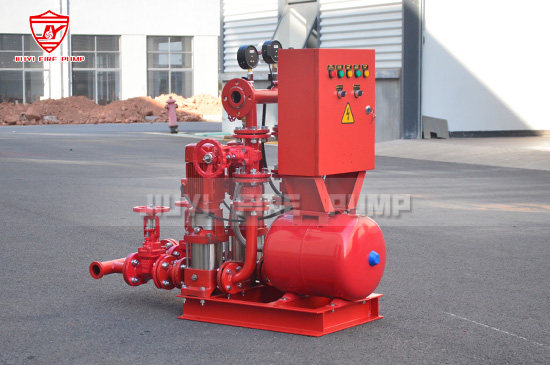Southeast Asia is rapidly urbanizing, and with its growing infrastructure comes a heightened focus on fire safety compliance. Whether you're supplying, designing, or installing fire protection systems in countries like Indonesia, Thailand, Malaysia, Vietnam, or the Philippines, it’s crucial to understand and comply with fire pump regulations specific to each market.
For manufacturers, contractors, and system integrators, aligning with local codes while also adhering to global standards like NFPA 20, UL, and FM is not just a best practice—it’s often a legal requirement. In this article, we explore the regulatory landscape, approval processes, and practical steps to ensure your fire pumps meet Southeast Asia’s diverse safety standards.
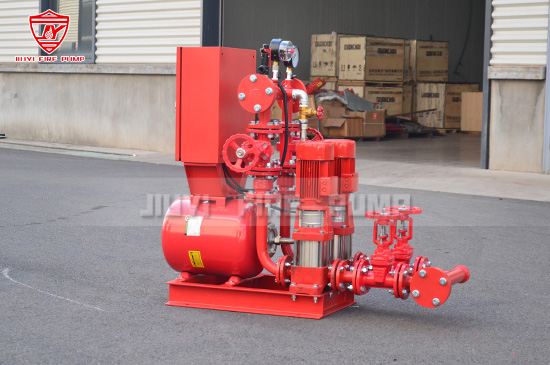
1. Why Fire Pump Compliance Matters in Southeast Asia
Fire pumps are the heart of a fire protection system. If they fail during an emergency, lives and valuable assets are at risk. In Southeast Asia, urban density, high-rise construction, and industrial expansion demand rigorous safety enforcement. Many governments have updated their fire codes or aligned them with international standards.
Failure to comply with these regulations can lead to:
-
Rejection of system approval by local fire authorities
-
Delays in construction and project handover
-
Penalties or forced system redesign
-
Reduced trust in the supplier or contractor
2. Key Regulatory Bodies and Standards
a. NFPA 20 – The Foundation
Most countries in Southeast Asia reference NFPA 20: Standard for the Installation of Stationary Pumps for Fire Protection. This globally recognized standard outlines how fire pumps should be designed, installed, and maintained.
NFPA 20 is either fully adopted or used as a benchmark for local code development in many ASEAN countries.
b. UL and FM Approvals
Fire pumps that are UL Listed and FM Approved are more likely to be accepted by local fire departments and consultants. These certifications prove that the product has undergone strict testing and complies with international standards.
c. Local Codes and Authorities
Here’s how fire pump regulations vary across major Southeast Asian countries:
-
Malaysia: Follows Uniform Building By-Laws (UBBL) and Fire Services Act 1988. Many consultants require UL/FM-approved pumps and NFPA 20-compliant systems.
-
Singapore: Uses the Fire Code issued by the SCDF (Singapore Civil Defence Force), which references NFPA standards and mandates system certifications and commissioning.
-
Indonesia: Applies the SNI standard (Standar Nasional Indonesia) for fire protection, often requiring UL/FM-compliant equipment and consultation with the local Dinas Pemadam (Fire Department).
-
Vietnam: Under the Ministry of Public Security, fire safety is regulated by QCVN 06 and TCVN standards. Acceptance of foreign standards like NFPA is growing in large commercial and industrial projects.
-
Thailand: Overseen by the Department of Public Works and Town & Country Planning, Thai standards often rely on a mix of local and international codes. UL/FM products are preferred in premium developments.
-
Philippines: Governed by the Fire Code of the Philippines (RA 9514), with many projects referring to NFPA 20 and requiring certifications by UL/FM for approval.
3. Selecting Fire Pumps That Meet Local and Global Standards
When selecting a fire pump for Southeast Asia, follow these principles:
✅ Choose UL Listed and FM Approved Pumps
These certifications are the most widely accepted across Southeast Asia. They confirm that the fire pump meets stringent quality and performance standards. Local fire inspectors and engineering consultants often demand this.
✅ Comply with NFPA 20 Design Criteria
Ensure the fire pump system—including pump, driver, controller, and relief valve—is designed according to NFPA 20. This ensures system integrity and boosts approval success.
✅ Verify Local Acceptance
Before installation, confirm that the local authority having jurisdiction (AHJ) accepts your selected pump and configuration. Approval processes differ significantly between countries and even cities.
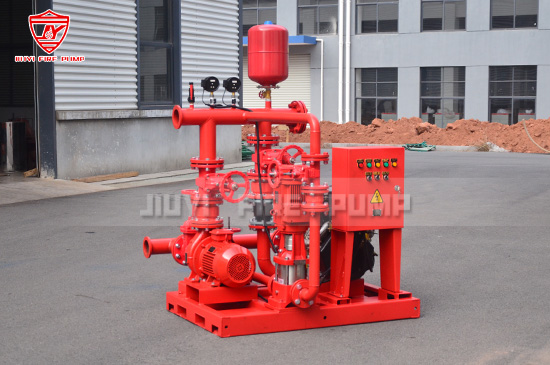
4. Documentation and Certification Requirements
In most Southeast Asian countries, submitting technical documentation is essential to obtain fire department approval. Key documents include:
-
UL/FM certification papers
-
Technical datasheets and curves
-
NFPA 20 design compliance checklist
-
Fire pump test results and factory inspection reports
-
Controller and engine specifications (especially for diesel pumps)
-
Installation drawings and hydraulic calculations
Some local fire authorities may require translations or country-specific documentation formats. Always coordinate with local partners or distributors.
5. Installation and Commissioning: A Compliance Critical Step
Even a compliant fire pump won’t pass approval if installed incorrectly. Here’s what you need to ensure during installation:
-
Proper alignment, foundation, and anchoring
-
Vibration isolators and flexible connectors (if required)
-
Correct suction and discharge piping, valves, and fittings
-
Commissioning procedures following NFPA 20
-
On-site performance testing witnessed by fire authorities or consultants
Commissioning is often the last step before approval, and failures during this stage are costly. Work with certified professionals or local fire protection engineers.
6. Maintenance and Inspection Responsibilities
Many fire codes in Southeast Asia require periodic testing and maintenance of fire pumps. This includes:
-
Weekly no-flow (churn) testing
-
Monthly full-flow testing (in some jurisdictions)
-
Annual inspection and reporting
-
Controller and battery system checks
-
Diesel engine testing under load
Providing training for the end user or facility management team helps maintain long-term compliance and operational readiness.
7. Partnering with Local Experts
Navigating different fire codes across Southeast Asia can be overwhelming. Partnering with a local distributor, fire consultant, or EPC contractor is invaluable. These professionals understand the paperwork, approval procedures, and even informal practices that can impact your project’s timeline.
Manufacturers should also work closely with engineering firms and designers during the bidding and planning stage to ensure product specifications align with required standards.
8. Common Pitfalls and How to Avoid Them
Here are common issues that lead to rejection or delay:
| Mistake | Solution |
|---|---|
| Submitting pumps without UL/FM certificates | Always provide documentation with valid certificates |
| Designing without referencing NFPA 20 | Ensure your designs follow the latest NFPA 20 edition |
| Overlooking local fire department input | Consult with local AHJ early in the project |
| Ignoring regional differences | Tailor your approach country by country |
9. Better Pump: Your Trusted Partner in Fire Safety Compliance
As a manufacturer of UL Listed and NFPA 20-compliant fire pumps, Better Technology Group supports clients across Southeast Asia with:
-
Customized fire pump packages (electric, diesel, and jockey)
-
Documentation support tailored for local approvals
-
Technical training and on-site commissioning assistance
-
Vertical turbine and split-case pumps suitable for high-demand infrastructure
-
Quick shipping and responsive after-sales service
Whether you're supplying a commercial tower in Kuala Lumpur or an industrial park in Jakarta, we ensure that your fire pump systems meet both local and international regulatory demands.
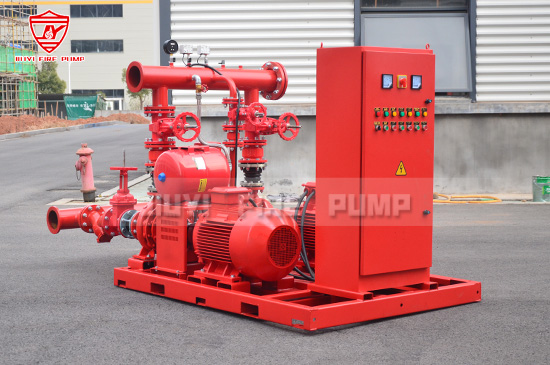
Conclusion
Meeting fire pump regulations in Southeast Asia requires a proactive, educated approach. By aligning with NFPA 20, choosing UL/FM-certified pumps, and understanding local fire codes, you can ensure faster project approvals, safer buildings, and a stronger reputation in the market.
As the region continues to grow, fire safety standards will only become stricter. Make compliance your competitive advantage—choose quality, documentation, and local expertise to stand out.

